Nvidia and Physna Inc. created the generative artificial intelligence Magic3D. It can create 3D models from text queries, which will help in the conceptualization of components with complex shapes. Magic3D uses a two-step method to optimize models to higher resolution and can perform hint-based 3D mesh editing. However, due to the lack of information about 3D objects, generative AI will not be able to replace real 3D models in the near future. The companies have also conducted compatibility experiments between generative AI and 3D printing.
A frog with a poison dart, rendered as a 3D model using Magic3D. Image via Nvidia.
Using the GPU improves 3D printing performance. It also allows you to offload time-consuming code to the parallel processing power of the GPU. In addition, the NVIDIA CUDA parallel programming model is supported by all NVIDIA GPUs. Nvidia also introduced a way to convert 2D images to 3D models using the framework. It defines shape, texture and light from a single image.
Finally, NVIDIA's rendering platform, known as Differentiable Interpolation Renderer, or DIB-R, has the potential to assist in various areas of 3D design and robotics and speed up the rendering process of 3D models in seconds. In addition, DIB-R can convert 2D images into 3D models. Dugan Cam, formerly a lecturer at University College London's Bartlett School of Architecture, used NVIDIA GPUs and the CUDA parallel programming model to create flawless 3D printed architecture. He used a high-resolution Mammoth stereolithographic printer from Materialize to print his modernist prototype.
Thus, we will soon see a dense introduction of AI capabilities into the field of 3D printing, which will greatly facilitate many processes in 3D printing.
Source: https://3dprintingindustry.com/news/generating-3d-models-from-text-with-nvidias-magic3d-220520/


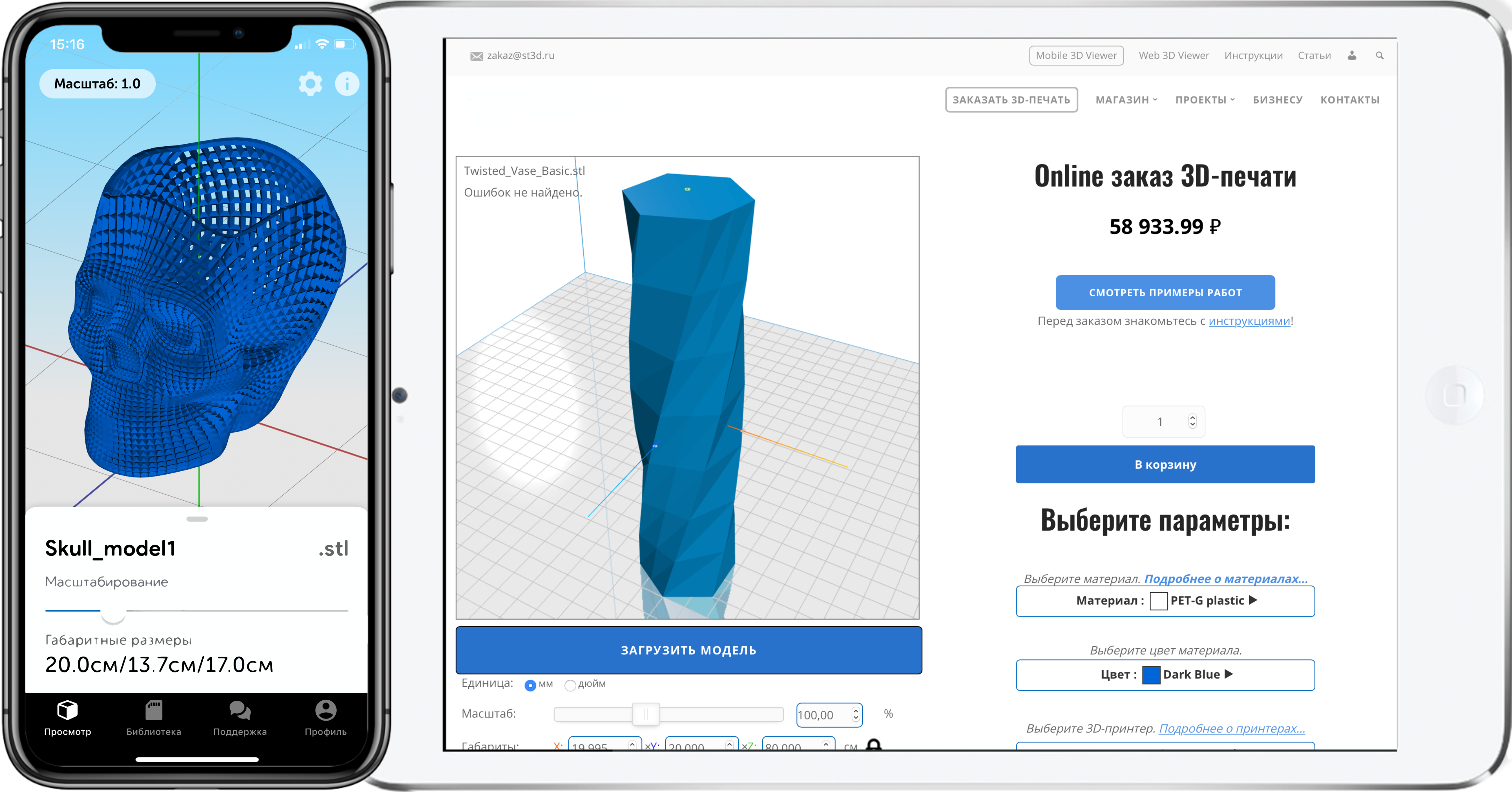




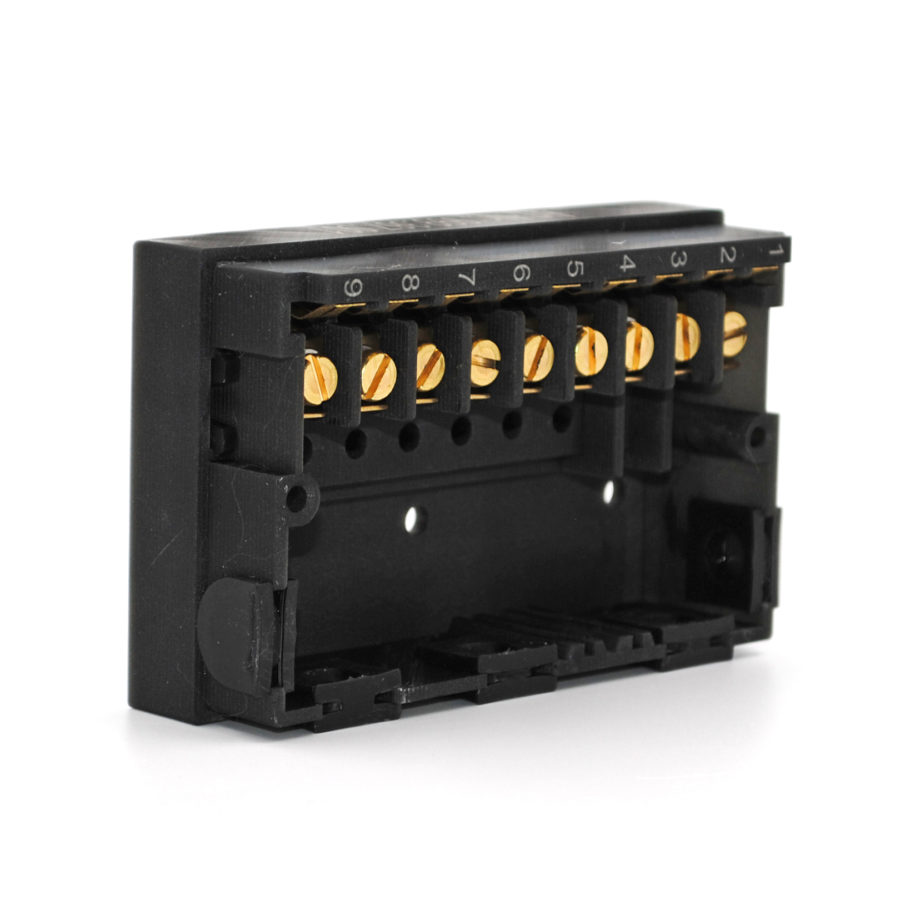
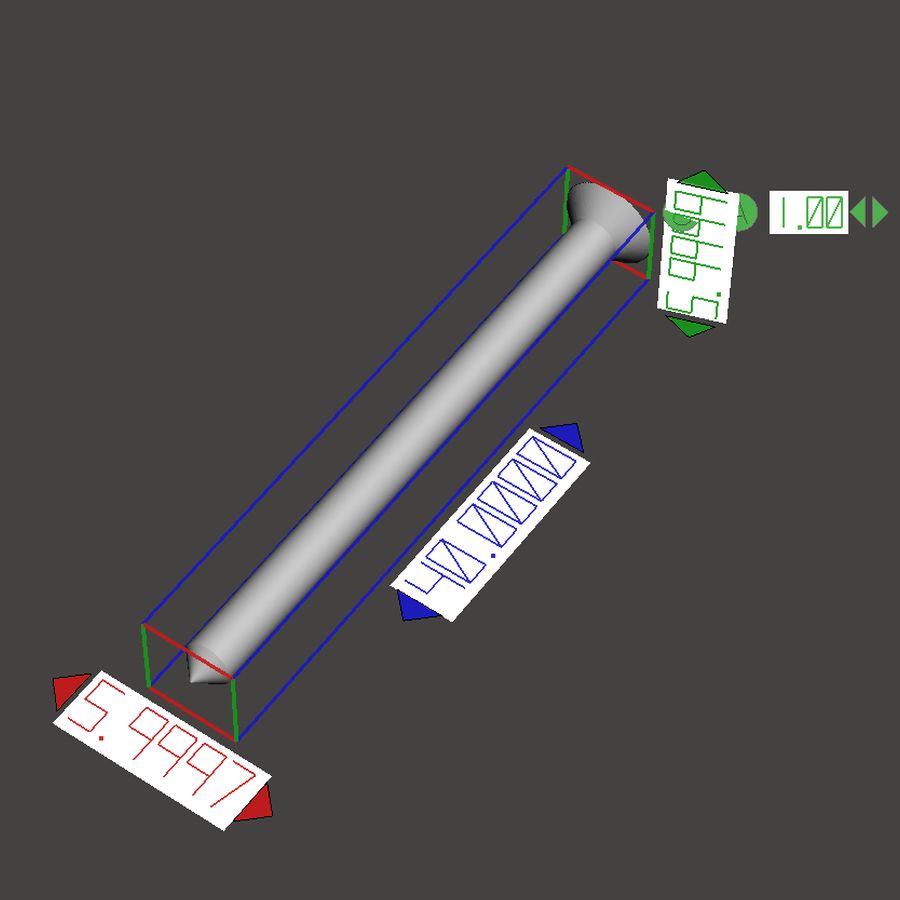
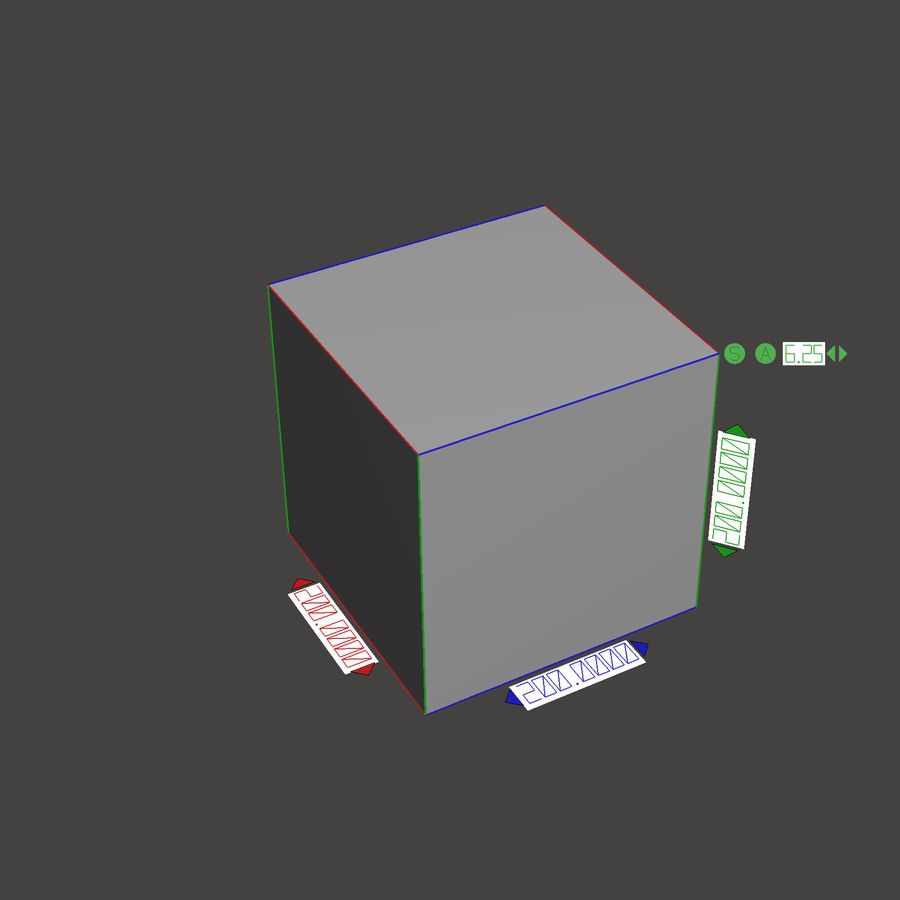
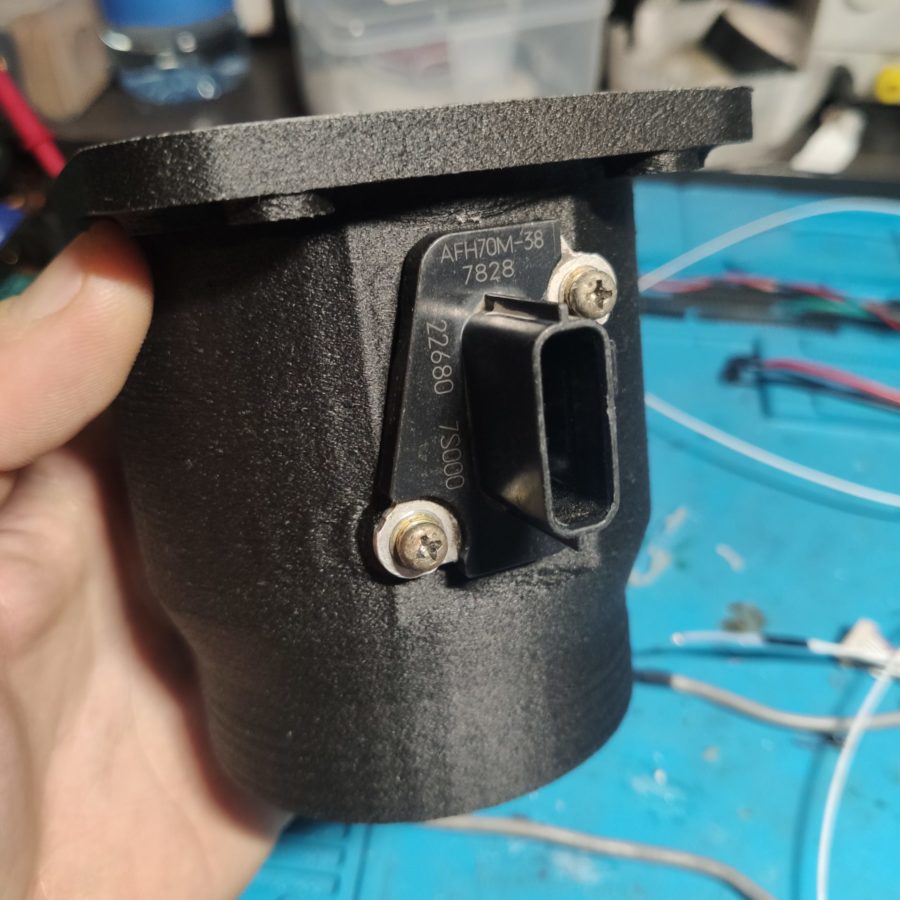






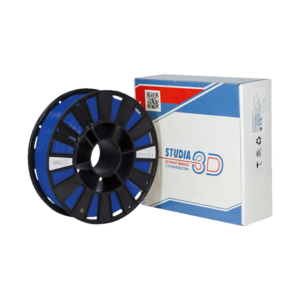
Author: Natalia Kamonichkina
More articles from Natalia Kamonichkina